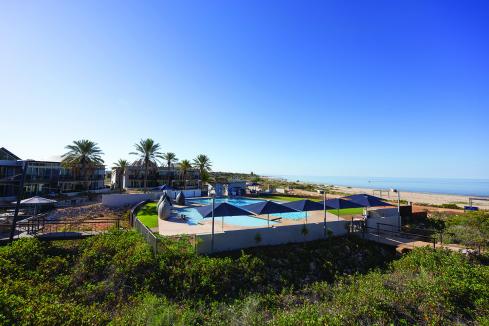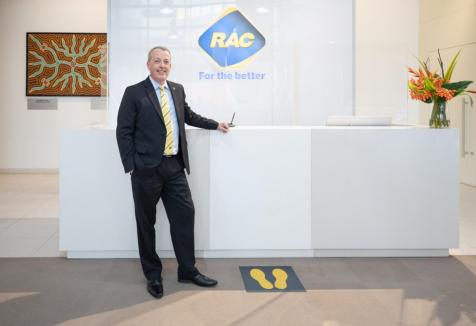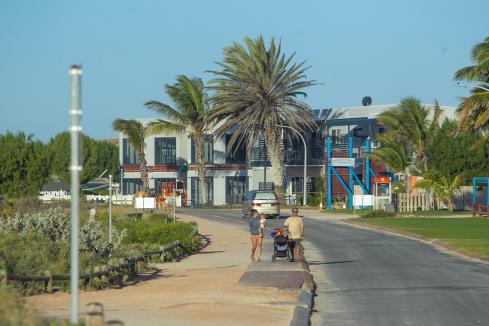A state government plan to encourage employers to relocate from the central business district to suburban activity centres has made little progress, exacerbating the congestion on Perth roads.


A state government plan to encourage employers to relocate from the central business district to suburban activity centres has made little progress, exacerbating the congestion on Perth roads.
The Barnett government's Directions 2031 framework, released in 2010, set targets for six metropolitan sub-regions to generate a greater level of localised employment, reducing the extent to which people need to travel long distances to their places of work or study.
However a new report by the RAC of WA reveals just one of the six sub-regions - the North East sub-region, encompassing the City of Swan and Shires of Mundaring and Kalamunda - is on track to meet employment self-sufficiency targets based on current trends.
The measure of employment self-sufficiency is the ratio of total jobs available within a sub-region as a proportion of the number of people in the workforce living in that area.
While the North East sub-region is on track to lift its ESS ratio from 63 per cent in 2008 to 75 per cent in 2031, the ESS ratio of the Southern and Peel sub-regions has declined over the past five years.
The RAC said the decline in ESS in the Southern and Peel sub-regions reflected the fact that jobs growth was not keeping pace with population growth in those areas.
The annual increase in jobs required in each sub-region in order to achieve the ESS targets set out in Directions 2031 is "significant", the report said.
Perth has the smallest proportion of residents living with 10 kilometres of where they work or study compared to other capital cities in Australia.
More than one third of residents in Perth travel between 10 and 20 kilometres, and a further 30 per cent travel in excess of 20 kilometres, to their places of work or study, according to research by the Australian Bureau of Statistics.
This is placing an unsustainable strain on Perth's road network according to the RAC, which wants to see more done to entice employers to decentralise or relocate operations to activity centres.
"Decentralising workplaces has numerous benefits for individual businesses including lower rent costs, access to new workforces and enhanced quality of life for employees," RAC general manager corporate affairs Will Golsby said.
"Nearly half of the RAC's own workforce is located outside the Central sub-region. Locating jobs near to where people live is a key strategy to help Perth commuters reduce the amount of travel they are required to do and reduce the congestion on our roads."
The report recommends local governments review their town planning schemes to ensure zoning permits adequate levels of commercial development in activity centres.
It also wants to see greater investment in public transport options and high quality pedestrian and cycle connections.
The state government announced in 2010 it would relocate around 15 to 20 per cent of its office accommodation to activity centres by 2015.
It has consolidated much of its existing CBD office space over the past several years and is in the process of relocating government departments to suburban centres including Stirling, Fremantle, Joondalup and Murdoch.















